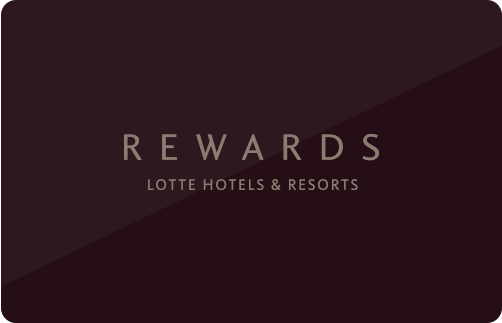Popular Attractions
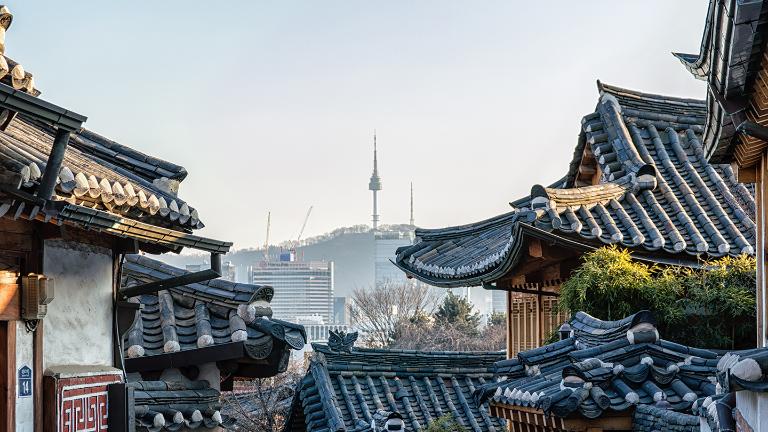
Bukchon Hanok Village
[Korea Tourism Organization: http://api.visitkorea.or.kr]
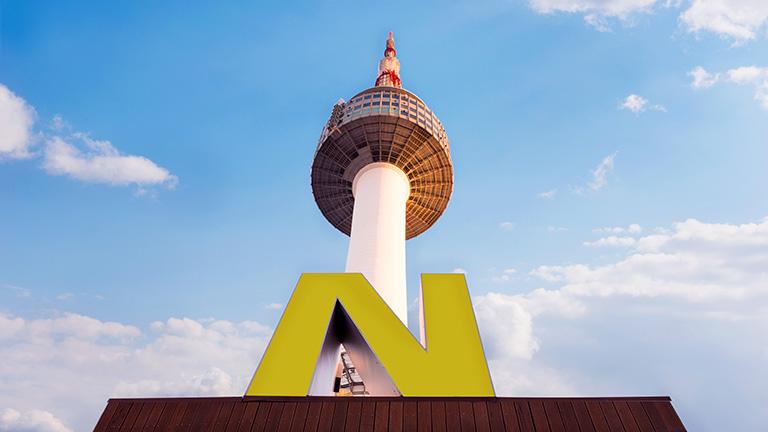
N Seoul Tower
The tower’s height and unique structure, which is visible from all over Seoul, have made it an object of interest and affection for Seoulites. Over time, it has successfully established its position as the number-one attraction for domestic and foreign visitors. In recent years, it has become known as a film location for various entertainment shows and dramas that have driven the Hallyu K-wave and made it a must-see tourist venue.
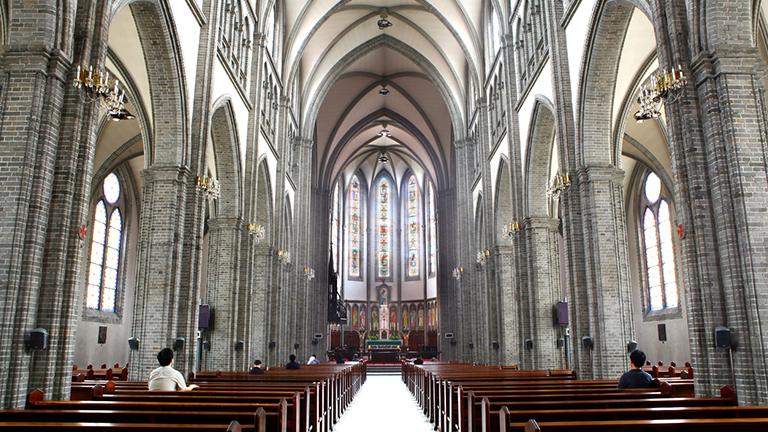
Myeongdong Cathedral
[Photo Credit (Bum-su Lee) - Korea Tourism Organization: http://api.visitkorea.or.kr]
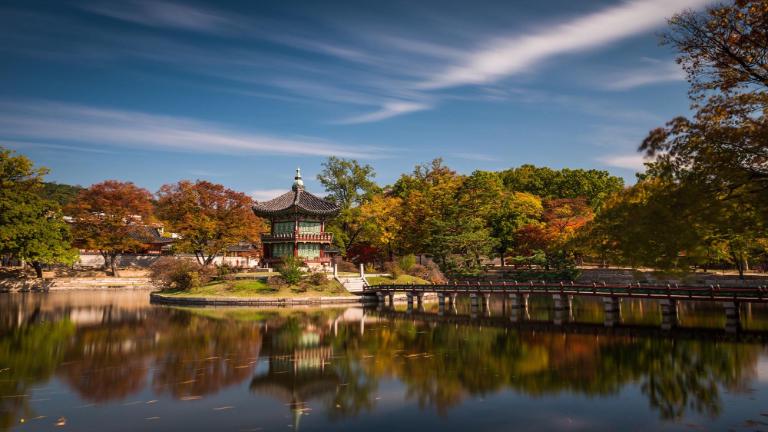
Changdeokgung Palace (Changdeokgung Palace and Huwon Garden)
[Korea Tourism Organization: http://api.visitkorea.or.kr]
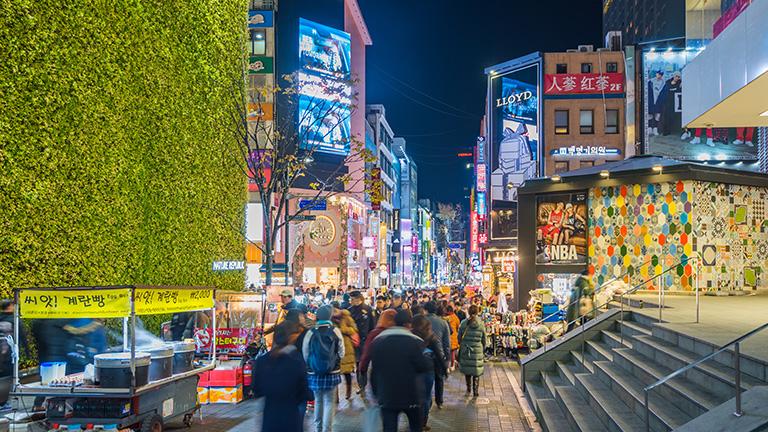
Myeongdong Shopping Street
[Korea Tourism Organization: http://api.visitkorea.or.kr]



